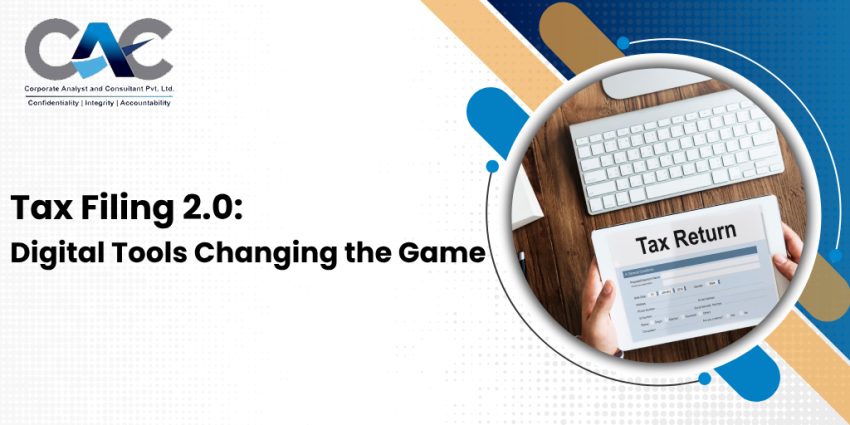The world of taxation is undergoing a significant digital transformation. The traditional paper-based methods of tax return submission are being replaced by faster, more efficient, and technology-driven solutions. This shift is not only streamlining compliance for individuals and businesses but also improving the overall accuracy and security of financial data. Today, digital tools are becoming an integral part of tax filing services, revolutionizing the way taxes are managed.
Rise of Cloud-Based Platforms
One of the major trends in tax filing services is the adoption of cloud-based platforms. These systems allow users to access their tax data from anywhere at any time. Cloud-based tools also make collaboration between clients and tax professionals seamless. Firms can share documents, review submissions, and track filing statuses in real-time, ensuring transparency and faster turnaround times.
Automation and Artificial Intelligence
Automation has made tax preparation significantly easier. From calculating tax liabilities to identifying applicable deductions, automated systems reduce the need for manual data entry and lower the chances of human error. Artificial Intelligence (AI) is also being used in modern tax filing services to predict tax outcomes, detect anomalies in records, and offer personalized filing advice based on user profiles.
Use of OCR and Data Extraction Tools
Optical Character Recognition (OCR) tools are transforming how financial documents are processed. Instead of manually entering figures from forms and receipts, OCR tools extract data automatically and feed it directly into tax software. This technology increases speed and accuracy in tax return preparation, making tax filing services more efficient and reliable.
Integration with Accounting Software
Today’s tax filing tools can integrate with popular accounting software like QuickBooks, Tally, and Zoho Books. This integration allows for the automatic import of financial data, eliminating the need for double data entry. Businesses especially benefit from this as it enables real-time reconciliation and compliance with current tax regulations.
Enhanced Security Features
The aspect of digitalization is accompanied by a higher level of responsibility to secure sensitive financial data. The tax filing services offered by companies today use such methods as encryption, two-factor authentication and secure cloud storage to make sure that personal and business tax records will not be compromised. Most of the platforms also follow international regulations like GDPR and ISO to gain user trust.
Mobile Accessibility
The other new trend is the creation of tax filing applications that are mobile-friendly. These applications allow them to use the smartphones to scan documents, check on the state of being filed in and file the returns. At this degree of availability, tax filing services have become available to a wider audience of freelancers, gig economies, and small businesses and women who want to take tax returns related to them, on the fly.
Conclusion
Tax filing digital transformation goes beyond a technological update, but it is also a paradigm change in terms of the interaction of tax professionals and clients with the tax systems. Tax filing services will be simplified, smarter, and easier to use as the technologies of automation, AI, and cloud become more advanced. It does not matter whether you are a consumer who pays taxes or a company that pays taxes; incorporating these digital trends will see you pay tax faster, and most importantly, get it right.
















